San Bartolomeo in Pantano
A stunning 12th-century Romanesque church in Pistoia, known for its unique facade and serene, contemplative atmosphere.
Highlights
Must-see attractions
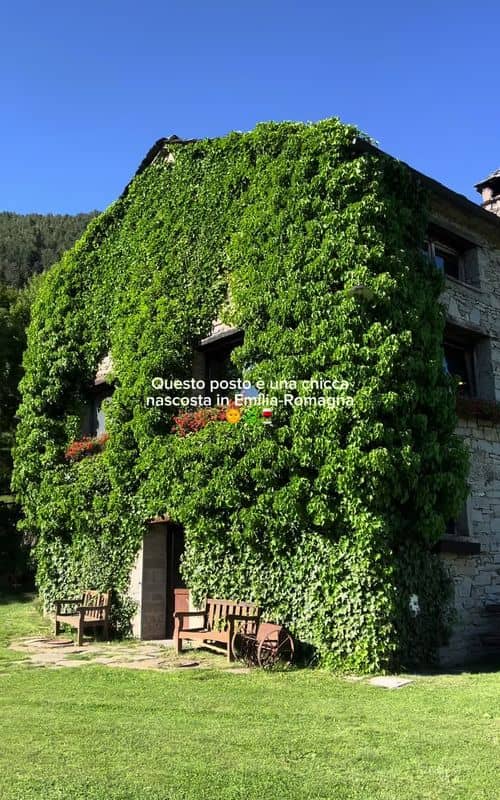
Social
From TikTok & Reddit
Best Time
Quiet contemplation
San Bartolomeo in Pantano
Best Time
Quiet contemplation
Highlights
Must-see attractions
A stunning 12th-century Romanesque church in Pistoia, known for its unique facade and serene, contemplative atmosphere.
"A Lombard church and secluded place of worship, it's definitely worth a quiet visit and admiring in the dim light."
Quiet Contemplation
Embrace the serene atmosphere for a peaceful visit. :pray:
Admire the Details
Take time to appreciate the marble work, capitals, and bas-reliefs on the facade. :mag:
Highlights
Discover the most iconic attractions and experiences
Romanesque Facade
Exterior
Admire the 12th-century facade with its five arches, intricate marble work, and unique oculi.
Intricate Bas-Relief Architrave
Central Portal
Marvel at the detailed bas-relief above the central portal, depicting the incredulity of Thomas.
Unique Interior Layout
Interior
Experience the single nave with three aisles, featuring cross vaults and trussed ceilings.
Semicircular Apse
Apse
Observe the classic semicircular apse with its two orders of single-lancet windows.
Plans like a pro.
Thinks like you
Planning Your Visit
Timing Your Visit
Understanding the Name
Best Times
Insider Tips
from TikTok, Instagram & Reddit
Quiet Contemplation
Embrace the serene atmosphere for a peaceful visit. :pray:
Admire the Details
Take time to appreciate the marble work, capitals, and bas-reliefs on the facade. :mag:
Understand the Name
'Pantano' refers to the marshy origins of the site. :earth_americas:
Unique Entrance
Note the descent into the church, creating a sense of separation from the city. :arrow_down:
Tips
from all over the internet
Quiet Contemplation
Embrace the serene atmosphere for a peaceful visit. :pray:
Admire the Details
Take time to appreciate the marble work, capitals, and bas-reliefs on the facade. :mag:
Understand the Name
'Pantano' refers to the marshy origins of the site. :earth_americas:
Unique Entrance
Note the descent into the church, creating a sense of separation from the city. :arrow_down:
What Travellers Say
Reviews Summary
Visitors consistently praise San Bartolomeo in Pantano for its beautiful Romanesque architecture and serene atmosphere. The unique facade, intricate details, and the experience of descending into the church are frequently highlighted as memorable aspects. While generally well-received, some visitors note that the interior can be quite dim, which might affect photography for some.
"Beautiful."
DAVID SNYDER
"The church was built in 1159 with the same orientation and larger dimensions than the previous abbey, documented as early as 746.
The façade, made of pietra serena ashlars, features five arches of varying widths, supported in the central section by four stone columns and flanked by two pilasters. Rising from the tops of the columns are round arches in white and green Prato marble, framing two internally filled oculi and two concentric diamond motifs set into the facing. Lower down, two smaller arches mark the side entrances, and the central portal features richer decoration consisting of two white marble jambs with Corinthian capitals supporting an intricate bas-relief architrave, above which rests another arch in two-tone marble.
The building has a single nave divided into three aisles, with cross vaults in the side aisles and trussed ceilings in the central nave. The apse, of a classic semicircular shape, has two orders of three single-lancet windows and is built in blocks of alberese stone and covered in slate slabs."
Paolo Caggiano
"The church houses the relics of Saint Charbel and Blessed Carlo Acutis. The church is spectacular. Eucharistic adoration is held all day, every day."
Katerina Voronova
What People Like
What People Dislike
Frequently Asked Questions
🚇 🗺️ Getting There
San Bartolomeo in Pantano is located within Pistoia. It's easily accessible by walking from the city center, or you can take a local bus. Many visitors find it a pleasant walk to appreciate the surrounding areas.
Parking can be challenging in the historic center of Pistoia. It's recommended to use public parking lots on the outskirts of the center and walk to the church.
Yes, local buses operate within Pistoia and can take you close to the church. Check the local transport schedules for the most convenient routes.
Absolutely! Pistoia is a charming city and San Bartolomeo in Pantano is a significant historical site. It's easily reachable from Florence for a rewarding day trip.
Walking is the best way to explore Pistoia's historic center and its many churches, including San Bartolomeo in Pantano. This allows you to soak in the atmosphere and discover hidden gems.
🎫 🎫 Tickets & Entry
San Bartolomeo in Pantano is generally free to enter, as it is a functioning church. However, donations are always appreciated to help with its upkeep.
As a church, it is typically open during daylight hours, but specific times can vary. It's best to check locally or visit during typical daytime hours for a visit.
There is no entrance fee to visit San Bartolomeo in Pantano. It's a place of worship and historical significance open to all.
You can visit the church outside of mass times to ensure a peaceful experience. If you wish to attend mass, check the local schedule.
While official guided tours might not always be available, the church's historical significance is well-documented. You can find information online or ask at local tourist offices.
🎫 🏛️ Onsite Experience
The church is unique because you access it by descending steps, which creates a distinct separation from the bustling city above.
The church is a prime example of Pistoiese Romanesque architecture, characterized by its use of local stone and distinctive decorative elements.
The church houses relics of Saint Charbel and Blessed Carlo Acutis, and features preserved Romanesque sculptures and paintings.
'Pantano' refers to the marshy area where the church was originally built, highlighting its historical connection to the local landscape.
Yes, it's described as a secluded place of worship, perfect for a quiet visit and contemplation, especially when admired in the dim light.
📸 📸 Photography
The facade with its arches and marble details, the intricate bas-relief architrave, and the unique interior layout offer excellent photographic opportunities.
Photography is generally allowed inside churches for personal use, but it's always respectful to be discreet and avoid flash photography, especially during services.
The interior lighting is often dim, which can create a dramatic atmosphere for photos. Consider using a tripod or a camera with good low-light performance.
Drone usage is typically restricted in urban areas and around historical sites. Always check local regulations before flying a drone.
Morning or late afternoon light can highlight the textures and colors of the stone facade beautifully.
For Different Travelers
Tailored advice for your travel style
👨👩👧 Families with Kids
It's advisable to visit during less crowded times to ensure a more comfortable experience for younger visitors. Keep the visit concise, focusing on the most visually striking elements like the facade and the interior layout. The historical context of the 'Pantano' (marsh) can also be a fun fact to share with children, connecting the church to its environment.
🏛️ History Buffs
Delve into the restoration history, which aimed to bring the church closer to its original form, and explore the layers of architectural evolution. The presence of relics and the ongoing spiritual practices add another dimension to its historical narrative. It's a site that rewards a deeper look into its past and its place within the Pistoiese Romanesque tradition.
Deep Dives
In-depth insights and expert knowledge
The Romanesque Architecture of San Bartolomeo in Pantano
The interior maintains a sense of grandeur with its single nave divided into three aisles. The use of cross vaults in the side aisles and trussed ceilings in the central nave contributes to the structural integrity and aesthetic appeal. The semicircular apse, a common feature in Romanesque churches, is adorned with two orders of single-lancet windows, further emphasizing the architectural harmony. The preservation of original elements, like the lintel depicting the incredulity of Thomas dated 1167, offers a direct connection to the church's medieval past.
Restoration efforts in the last century have aimed to bring the church closer to its original appearance, including the restoration of the floor and the reopening of lancet windows. These interventions have also revealed traces of covered frescoes, hinting at the church's rich artistic history. The presence of relics and the ongoing Eucharistic adoration contribute to its continued spiritual significance, making it a place where history, art, and faith converge.
Historical Significance and Naming
The church's current Romanesque appearance dates from a significant renovation in 1159, commissioned by the prior. This period saw the church take on the architectural characteristics that are still admired today. The Lombard influence is also noted in its design and historical context. Over the centuries, the interior has undergone various changes, but a significant restoration in the 20th century sought to revert some of these modifications, bringing it closer to its original 12th-century form.
Beyond its architectural and geographical significance, San Bartolomeo in Pantano holds spiritual importance. It houses relics of Saint Charbel and Blessed Carlo Acutis, and has historically been associated with practices aimed at spiritual well-being, such as all-day Eucharistic adoration. This blend of historical depth, unique naming, and ongoing spiritual practice makes San Bartolomeo in Pantano a compelling site for visitors interested in history, art, and local culture.
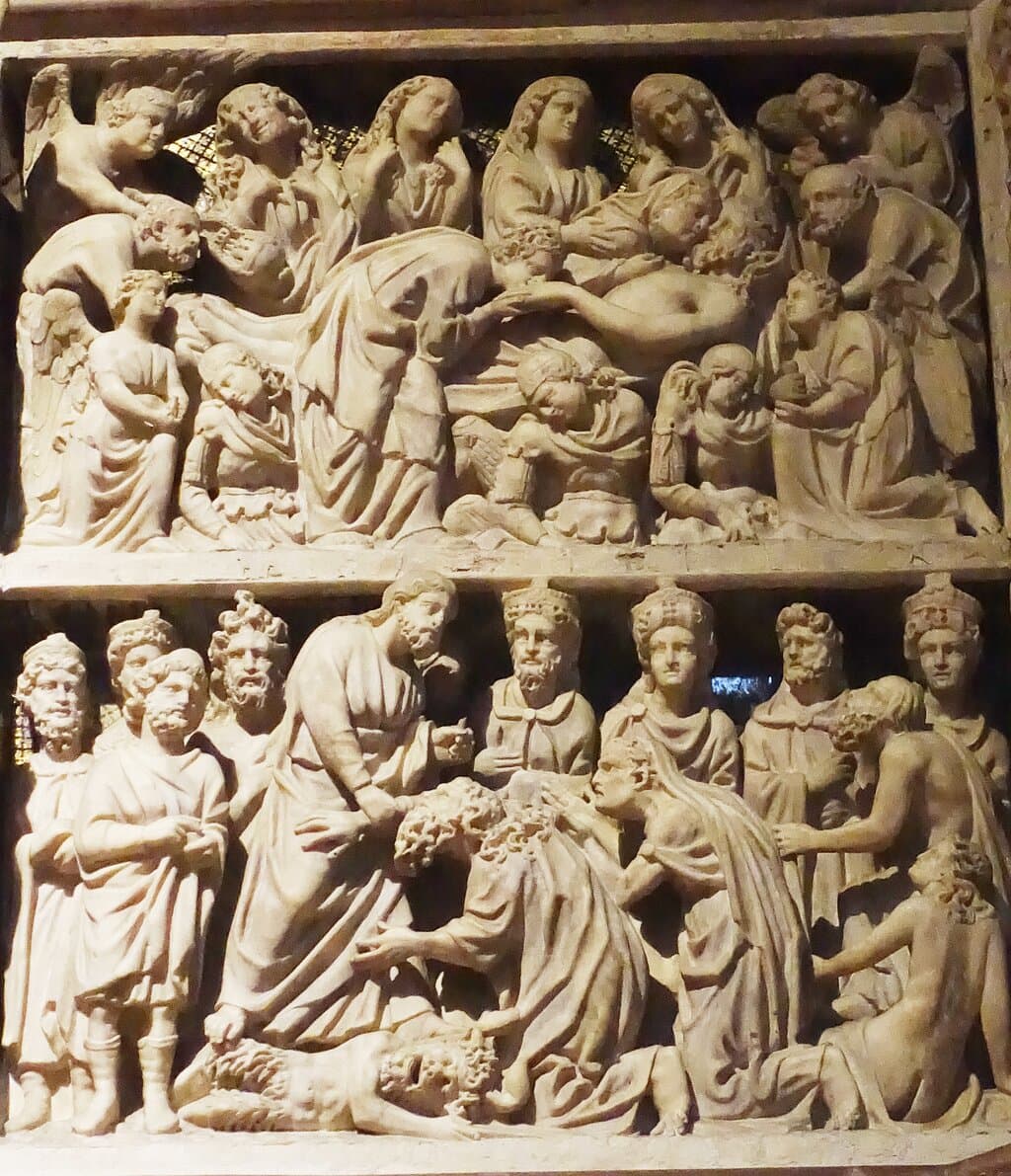
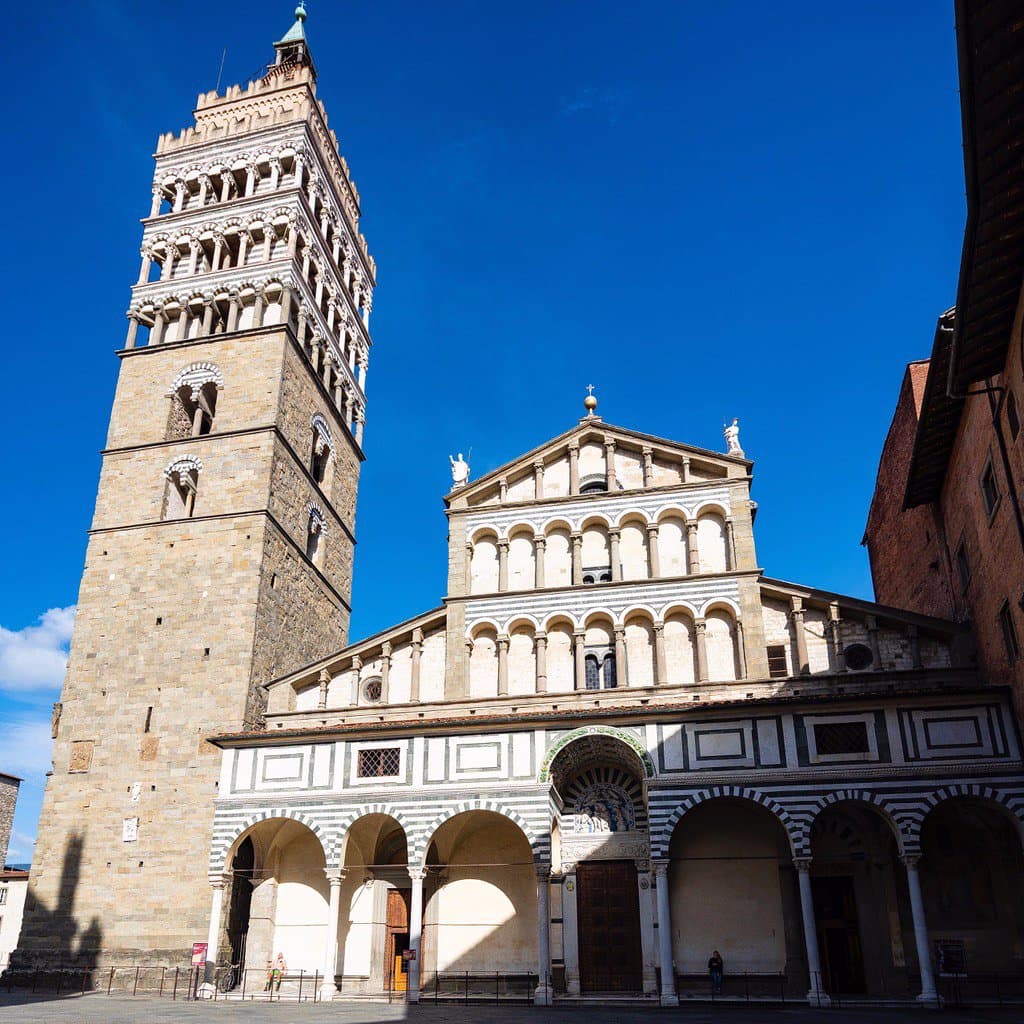
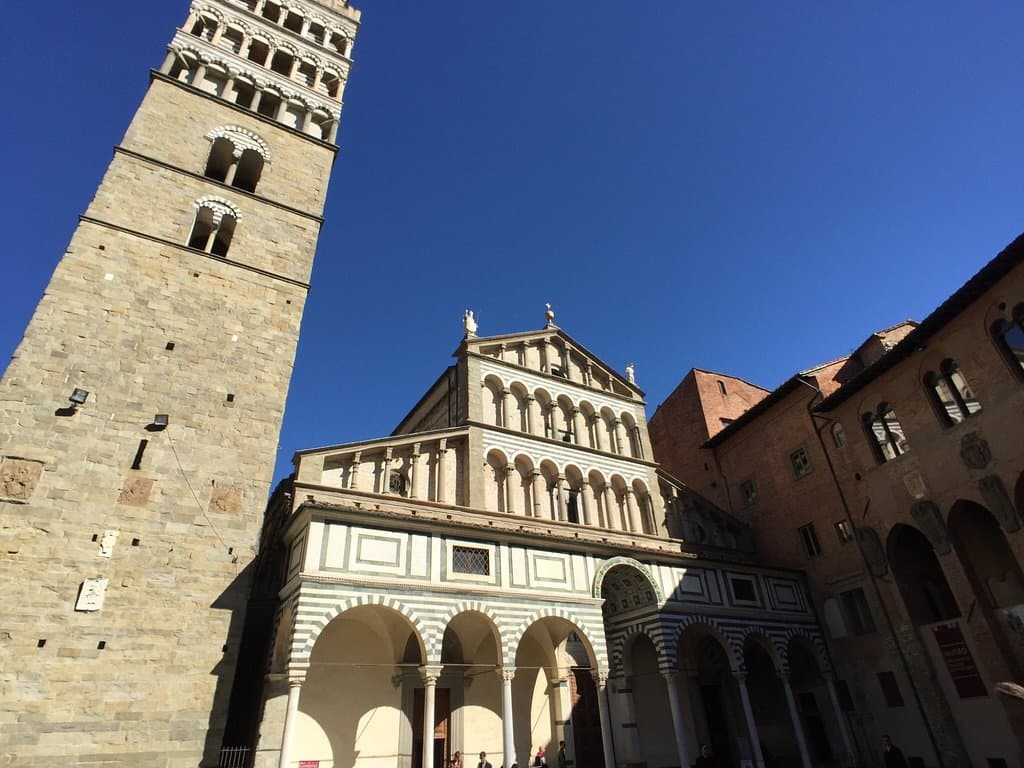
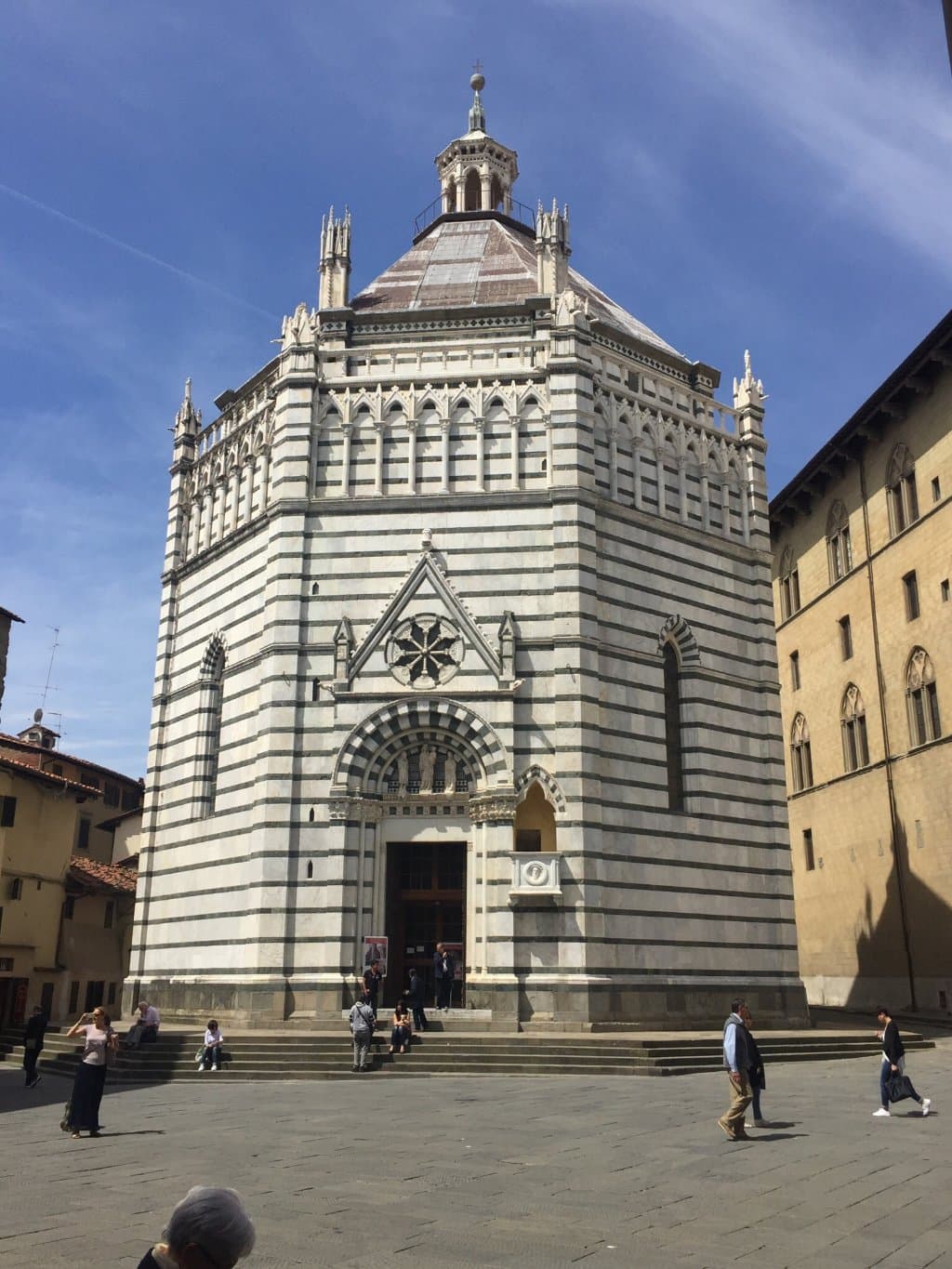
Social
from TikTok, Instagram & Reddit